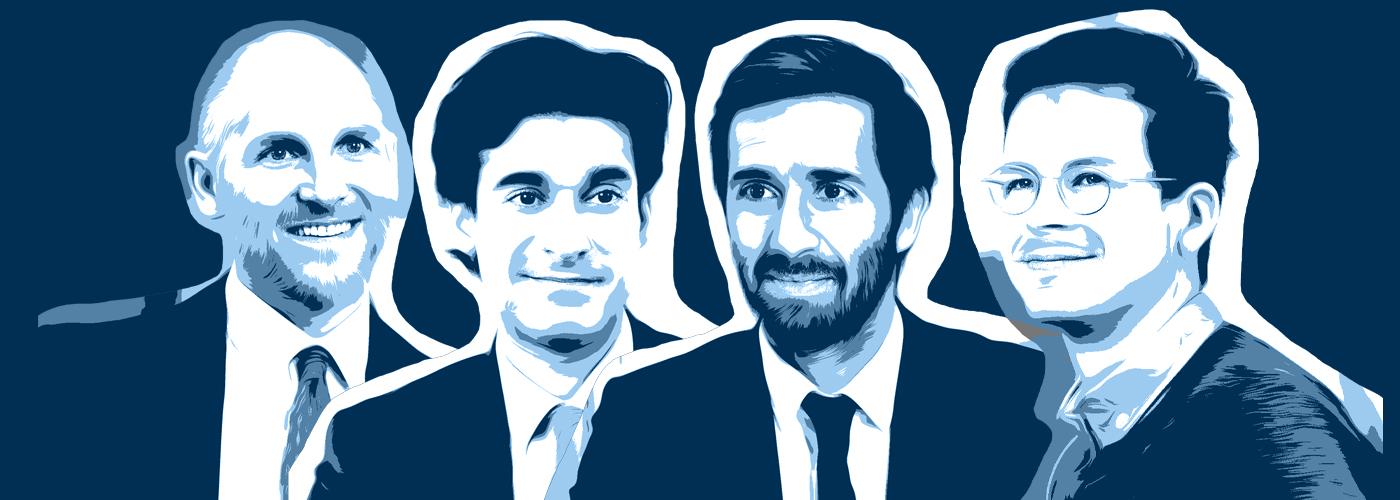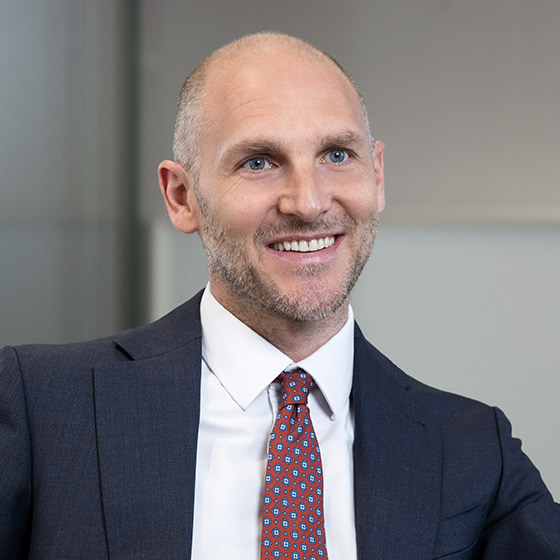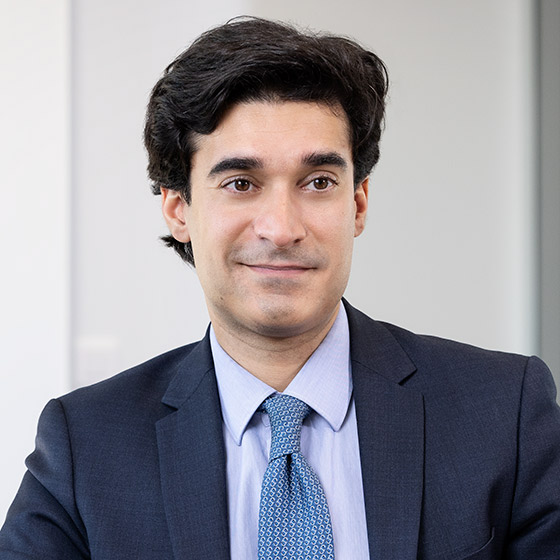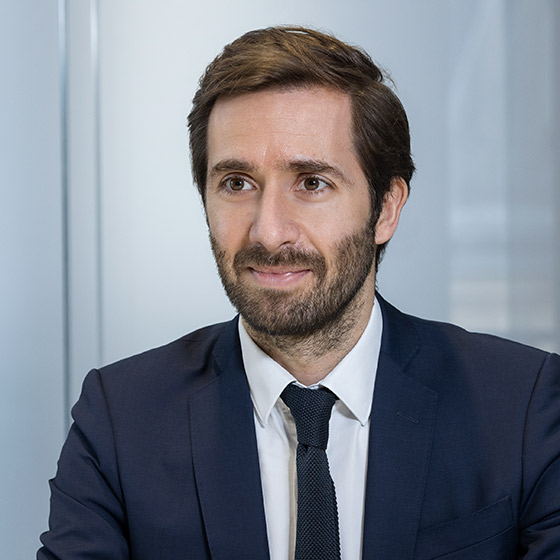
With healthcare systems across the Western world struggling to cope with new diseases and aging populations, private investment has an important role to play in backing innovative medical technology and better coordination between public and private-funded facilities. Francesco Orsi, Asnen Cassam-Chenai, Pierre Larivière, Antoine Zins explain how a number of solutions backed by the investment community could presage a better chapter in medical history.
Enabling the transformations in healthcare
The healthcare industry’s rapid response in finding and rolling out COVID vaccines was rightly applauded as a victory for modern medicine, but that success cannot obscure the fact that healthcare systems around the world are stretched to capacity.
Looking ahead, there are reasons to believe that the investment community can help address some of the biggest challenges in healthcare, notably through both innovative digital medical technologies and with improved coordination between private and public sector healthcare providers.
AI speeding up drug discovery
Take the issue of finding new drugs, for example. As things stand today – the quick turnaround of COVID vaccines notwithstanding – pharmaceutical research and development is something of a hit-or-miss process. It typically takes between 10 and 15 years to develop a new drug, and the chances are less than one in 10 that new molecules will make it all the way through the full testing process to market.
New digital technologies can help here. For example, artificial intelligence is already helping to accelerate the discovery of new drugs, using algorithms to build up a library of potential new treatments matched to target diseases, cutting the R&D time required to single out molecules in the lab.
Other healthcare applications for AI
In addition to drug discovery, Generative AI will have multiple other applications in the sector, enabling more automation and less administrative work for care providers and assisting doctors and nurses in their day-to-day work. This advance of AI in healthcare will drive massive change in the next decade, pushing us to solve the one problem that healthcare systems have yet to solve: the accessibility of qualitative, longitudinal and secure data at scale. However, to achieve this means that we need to be vigilant regarding patient data privacy, train new data models across healthcare systems, and ensure that those models are representative of the world’s population.
Data mining unlocking the wealth of hospital data repositories
Another long and laborious part of the drug development process is the human testing process necessary before any treatment can be validated and marketed. One reason it can take so long, and often result in failure, is that pharmaceutical companies today aren’t testing enough of the right patients.
Digital technology can help here by unlocking the vast stores of patient data available in hospitals. As things stand, most of the world’s hospital patient data is stored in different formats with many types of software, making it unusable in bulk by the drug companies. New techniques of accessing, cleaning and structuring all these data stores to render them compatible with each other will deliver a wealth of information that the drug companies can use to optimize their clinical trials, especially in the selection and the recruitment of cohorts allowing them to speed up and to reduce costs.
New tech solutions for a better patient journey
Going beyond drugs, the advent of new technologies will also help smooth and accelerate the patients’ experience. The quality of healthcare in most countries is suffering today from a combination of several factors affecting both the medical staff and the patients themselves.
There are several ways in which technology can improve matters, speeding up waiting times and lightening the load on medical facilities. Here are three:
- Qualified staff in many hospitals and clinics spend a lot of time dealing with administrative issues, thereby impinging on the “medical time” they can devote to patients. Technology can help here, for example with better work-flow management systems in hospitals.
- At the same time, an aging population obviously needs more frequent medical attention, not least to monitor existing conditions and ensure that they are compliant with treatments where necessary. New solutions here include remote monitoring applications for everything from dentistry to dermatology, as well as “compliance-tech” applications to ensure that patients take the medicines as and when they should.
- A third factor causing overload of the healthcare system is the rise of unhealthy modern lifestyles, contributing to the rise of conditions such as diabetes and obesity, themselves triggers for other secondary disorders. The role of technology here lies in better prevention, such as fitness apps on smartphones or the “track & trace” apps developed for COVID.
Better public/private coordination
The other significant way that private investment can help reduce the strain on healthcare systems is by improving the coordination between public and private sector medicine. The COVID crisis was already instrumental in highlighting the complementarity between public hospitals and private clinics. Public hospitals, with larger bodies of staff, more expensive structures, and heavier costs, have an important role to play in acute and complex medical situations.
These public institutions are the pillars of our medical infrastructure, but by definition are typically situated in the major urban centers, benefiting from a larger catchment area. Alongside them, the smaller private sector clinics can build a more extensive network across broader territories, providing broader access to day-to-day care and medicine.
One good example of how the two systems support each in a complementary fashion in many countries lies in ophthalmology. Typically, the high-precision, complex, and often urgent cases of retinal surgery are carried out by public hospitals, whereas the more frequent, and less complex, cases of cataract surgery are increasingly handled by private practice and outpatient clinics: a recent report by The Health Foundation shows that four in 10 people are receiving private treatments for eye disorders compared with less than three pre-pandemic. Much of this growth is coming from cataract procedures. Despite that, the NHS waiting list is still high.
Mutual support to create a virtuous circle
These examples of targeted private sector investment in our healthcare systems are certainly selective and do not address every issue faced by the sector going forward. Some sensitive issues such as regulatory oversight and data privacy are still high on the agenda. That caution notwithstanding, a judicious use of new technology improving medical prevention, research, and treatment, together with an enlightened, mutually supportive relationship between private and public sectors, hold out the promise of creating a virtuous circle within our healthcare systems.






























